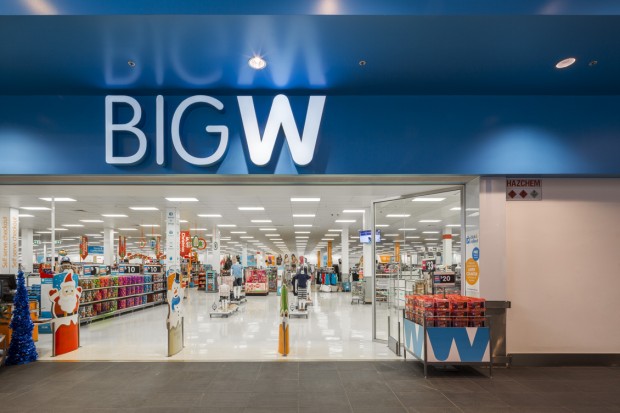 Retail conglomerate Woolworths Group announced the outcome of its internal review into the future of Big W’s store and distribution network on Monday, revealing it will be shutting approximately 30 stores, as well as two distribution centres, over the next three years.
Retail conglomerate Woolworths Group announced the outcome of its internal review into the future of Big W’s store and distribution network on Monday, revealing it will be shutting approximately 30 stores, as well as two distribution centres, over the next three years.
Woolworths Group said distribution centres in Monarto in South Australia and Warwick, Queensland, will close, but did not specify which 30 stores are on the chopping block. The stores constitute 16 per cent of the discount department store’s overall network.
Woolworths Group chief executive Brad Banducci said while the recovery in trading at Big W had been encouraging, and there remains opportunity for further improvement, it was taking longer than had initially been planned.
“This decision will lead to a more robust and sustainable store and DC network that better reflects the rapidly changing retail environment,” Banducci said in a note to investors.
“It will accelerate our turnaround plan through a more profitable store network, simplifying current business processes, improving stock flow and lowering inventory.”
This figure is less than the 60 store closures Macquarie Wealth Management forecast in a report last month, though Citi analyst Bryan Raymond expects further store closures over the long term due to the increasing pressure on the discount department store sector.
“The physical discount department store footprint is likely to continue to shrink as online sales penetration increases further and the sector underperforms,” Raymond said.
The 30 store closures are “unlikely to be viable even with improved trading across the Big W group”, he said.
Raymond said that the department store was approaching this consolidation from a different angle compared to competitor Target, which last year committed to reducing its store network by 20 per cent over the next four years, Big W is looking to break the leases for its affected stores, while Target is instead opting to close stores at the point of lease expiry.
“Woolworths management is focused on the long-term viability of the Big W business, rather than minimising lease-break costs,” Raymond said.
The effect of this, however, is that the business is expecting to incur a $270 million charge related to lease and store exit costs, as well as a $100 million impairment due to misjudging how weak margin recovery would be for the department store.
Together, this will equal a $370 million pre-tax significant item to be declared in Woolworths Group’s FY19 result.
The business expects to report a loss before interest and tax in FY19 of $80 million to $100 million – in line with its previously forecast improvement on a FY18 loss of $110 million.
In a note to investors, the Woolworths Group also announced a $1.7 billion off-market buyback after the successful sale of its petrol business to EG Group, with the offer period ot open on April 16.
“As foreshadowed at our half-year 2019 results, we will return the proceeds from the Woolworths Petrol sale to shareholders,” said Woolworths Group chairman Gordon Cairns.
“It was a more challenging half, but the transformation of Woolworths Group continues to progress, and we have taken a number of positive steps to deliver on our commitment to long-term sustainable shareholder value.”
According to Raymond, the sale is still subject to approval from the Foreign Investment Review Board, with EG Group operating out of Britain, and although approval is likely, this presents some risk.





